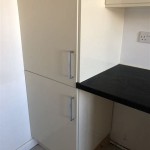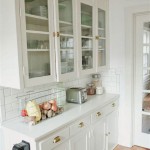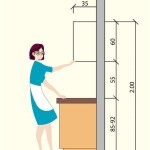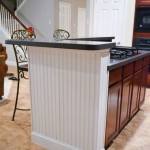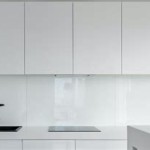Essential Aspects of Kitchen Cabinet Base Molding
Kitchen cabinet base molding is a crucial element that enhances the aesthetic appeal and functionality of your kitchen space. It serves multiple purposes, from concealing gaps between the cabinets and floor to protecting the cabinet base from water damage and wear. Choosing the right cabinet base molding requires careful consideration of its material, style, and installation. This article delves into the essential aspects of kitchen cabinet base molding, providing insights to help you make informed decisions.
Material Considerations
Kitchen cabinet base molding is typically made from various materials, each with its own advantages and disadvantages. Common options include:
- Wood: Natural wood molding provides warmth and elegance to your kitchen. It is durable, can be stained or painted to match your cabinetry, and adds a classic touch.
- PVC: Polyvinyl chloride (PVC) molding is cost-effective, moisture-resistant, and termite-proof. It is a versatile option available in various styles and colors.
- MDF: Medium-density fiberboard (MDF) molding is an affordable alternative to wood. It is moisture-resistant, easy to paint, and less prone to warping.
Style Selection
The style of cabinet base molding can significantly impact the overall design of your kitchen. Popular molding profiles include:
- Ogee: A classic and versatile profile with a curved top and bottom.
- Cove: A sleek and modern profile with a concave shape.
- Bullnose: A rounded profile that provides a more casual and inviting look.
Consider the style of your kitchen cabinets, countertops, and flooring when selecting your base molding to achieve a cohesive and visually appealing design.
Installation Techniques
Proper installation of kitchen cabinet base molding ensures a secure and durable finish. The process typically involves:
- Measuring and Cutting: Measure the length of the cabinet base and cut the molding using a miter saw or coping saw for angled cuts.
- Adhering to the Cabinet: Apply a layer of adhesive to the back of the molding and press it firmly against the cabinet base.
- Securing with Nails: Use small finishing nails to secure the molding to the cabinet base, ensuring it is level and flush.
Maintenance and Care
Cabinet base molding requires minimal maintenance to maintain its appearance and functionality. Regular dusting and occasional cleaning with a damp cloth will suffice. Avoid using harsh chemicals or abrasive cleaners, as they can damage the finish.
By choosing the appropriate material, style, and installation technique, you can enhance the aesthetics and longevity of your kitchen cabinet base molding. It is an essential element that complements the overall design of your kitchen and provides both practical and decorative benefits.

What Is Furniture Base Molding For Cabinets And How To Use It

Adding Molding To Cabinets Make Them Look Built In Young House Love

Adding Molding To Cabinets Make Them Look Built In Young House Love

7 Types Of Cabinet Moldings And How To Use Them Properly

Adding Moldings To Your Kitchen Cabinets Remodelando La Casa

How To Get A Custom Cabinet Look Using Trim Sincerely Marie Designs

How To Add Trim Cabinets

How To Add Molding Cabinets For A Gorgeous Finish Inspiration Moms

Base Moulding Traditional Living Baseboard Styles

I Like How The Front Has A Curved Trim At Base Kitchen Island Makeover Cabinet Molding Cabinets
Related Posts

